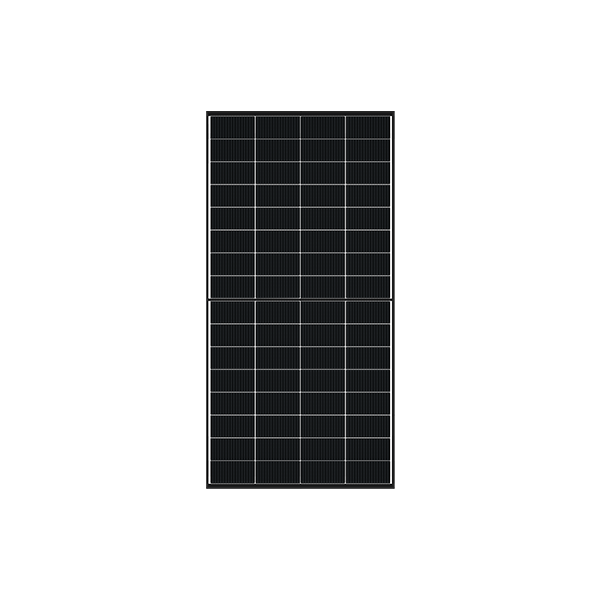As the global energy transition accelerates, we at DMEGC Solar are committed to delivering more efficient and adaptable photovoltaic solutions. Our continued innovation in bifacial solar panel technology reflects this commitment, offering solar developers a smarter way to increase power generation per square meter. Through careful design and advanced materials, we ensure that our bifacial modules maximize energy harvest in diverse environments, while meeting the reliability demands of long-term deployment.

Bifacial Panels: Optimizing Performance from Both Sides
Unlike traditional monofacial modules, bifacial solar panel systems can absorb light from both the front and rear sides. This capability significantly increases power output, especially in high-albedo environments such as desert or snow-covered areas. At DMEGC Solar, our bifacial modules are engineered with high-transparency backsheets or dual-glass structures to capture reflected and scattered light effectively.
Our product lineup is designed to help project developers and EPCs meet both efficiency and durability goals. In real-world projects, clients have seen impressive gains in energy generation—ranging from 5% to 25%—depending on surface conditions and mounting structures. As a result, our technology is enabling more projects to reach optimal return on investment across utility-scale, commercial, and even residential sectors.
This enhanced energy yield from bifacial solar panel systems translates directly into greater long-term value for our customers. By harvesting light from multiple angles, these panels ensure more stable performance throughout the day and across seasons. At DMEGC Solar, we also optimize cell spacing and frame design to minimize shading losses and improve light capture efficiency.
Durability and System Compatibility Built In
When designing the best bifacial solar panels, it’s not just about output. It’s also about long-term reliability. Our bifacial modules undergo rigorous mechanical and environmental testing to ensure resistance to salt mist, ammonia, and PID effects. They are compatible with multiple tracking systems and mounting options, giving developers the flexibility to integrate them into a wide variety of applications.
As we expand globally, our customers continue to benefit from our strong vertical integration—from silicon wafer production to final module assembly. This ensures consistent product quality and traceability, as well as optimized support during project planning and execution.
Conclusion
Incorporating bifacial solar panel technology into your solar projects is a strategic step toward improving efficiency and lowering LCOE. At DMEGC Solar, we take pride in providing reliable, high-performance solutions that support the evolving needs of the global solar market. With a growing portfolio of some of the best bifacial solar panels available, we are ready to help our partners build a brighter, cleaner future.





